A leaf can symbolize the cycles of life, fertility, or growth, or a symbol of new beginnings. They can also represent our emotions, and their color and condition can offer clues about our inner state.
In different cultures, leaves have been used as currency, or as offerings to the gods. In ancient Greece, a laurel wreath was a symbol of triumph, while in Celtic mythology, the oak tree was a symbol of strength and durability.
The leaf is also a symbol of hope and renewal. In many religions, the leaf is a symbol of rebirth and resurrection. In Christianity, the leaves of the tree are said to represent the promise of eternal life.
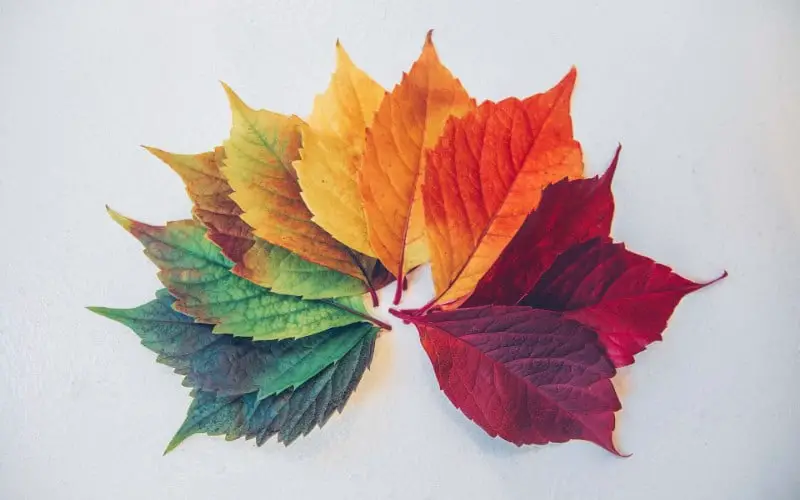
Quick Overview: Leaf Symbolism
- Life
- Fertility
- Growth
- Transformation
- Nature
- Nurturing
- Healing
- Abundance
- Release
- Protection
10 Leaf Symbolisms
1. Life
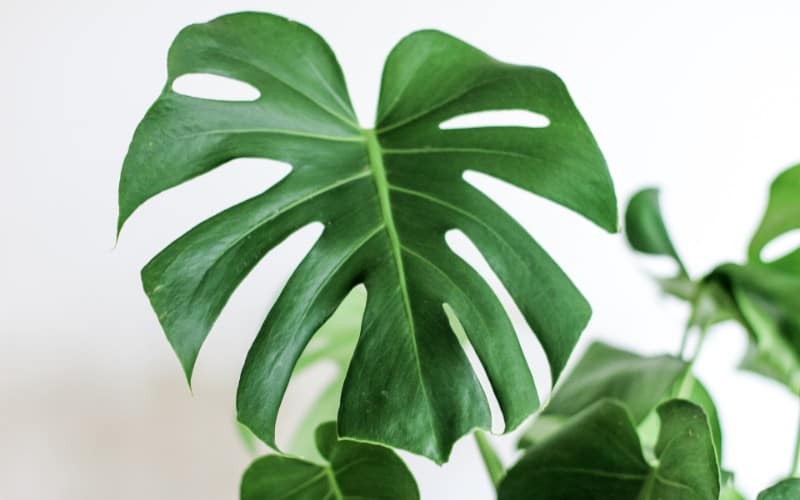
A leaf is more than just a simple piece of green foliage. It is a symbol of life, growth, and renewal.
In many cultures, the leaf is seen as a representation of the cycle of life. For example, in the Buddhist tradition, the leaves of the Bodhi tree are believed to represent the stages of human development from birth to enlightenment.
Read More: Archway Symbolism
In Chinese culture, the leaves of the sacred lotus plant are often used as a symbol of new beginnings. No matter what its cultural significance may be, a leaf is a powerful reminder that life is constantly moving forward.
Even when the world around us seems to be at a standstill, nature always finds a way to keep growing and evolving. In this way, a leaf is a reminder that there is always hope for a better tomorrow.
2. Fertility
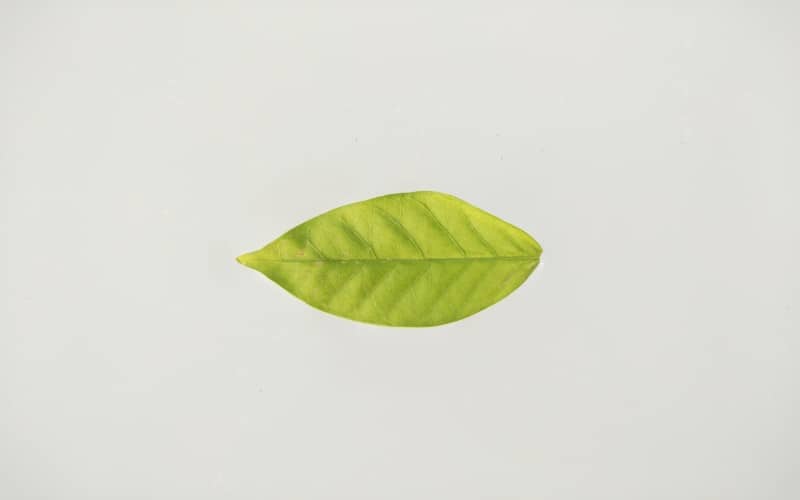
The image of a leaf has been used as a symbol of fertility for millennia, and there are many reasons why this is so.
For one, leaves are associated with growth and new life. They also represent the cycle of life, as they change color and fall off the tree in autumn, only to be reborn in the spring.
Additionally, leaves are often associated with nature and the natural world, which is often seen as being fertile and abundant.
In many cultures, the leaf is also seen as a symbol of hope and renewal, as it represents the possibility of new life after winter. All of these factors combine to make the leaf an ideal symbol of fertility.
3. Growth

In many cultures, the leaf is seen as a symbol of growth.
This is likely because of the way that leaves grow: they start out as tiny buds, then unfurl into larger and larger forms as the plant matures.
This gradual expansion can be seen as a metaphor for the way that we humans grow and change over time. Just as a plant cannot grow without its leaves, we cannot reach our full potential without striving for new experiences and learning from our mistakes.
In this way, the leaf provides us with a constant reminder that growth is possible, no matter how challenging the journey may be.
4. Transformation

A leaf symbolizes transformation for a few reasons.
For one, leaves are constantly changing color as the season’s change. They start off as green in the spring, turn to yellow and red in the fall, and then eventually fall off the tree altogether.
Leaves also have the ability to transform sunlight into food for the tree, through a process called photosynthesis. In this way, leaves are able to take something that is harmful (light) and turn it into something that is beneficial (food)
Lastly, leaves serve as a reminder that change is constant and that even though something may die, new life will always spring forth. In this way, a leaf is a symbol of hope and rebirth.
5. Nature
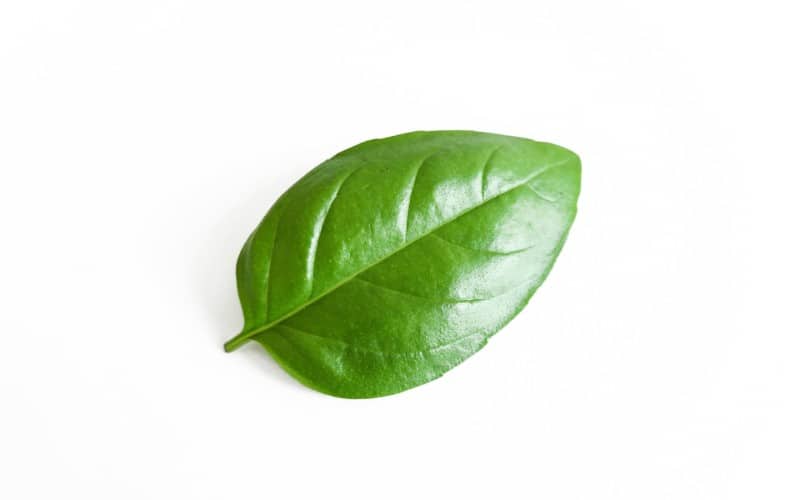
A leaf has always been a symbol of nature.
In many cultures, the leaf represents growth, fertility, and new beginnings. It is also a reminder that we are all connected to the natural world. The leaves of a tree are Especially symbolic, as they are an essential part of the tree’s life cycle.
In the spring, leaves unfold and absorb sunlight, which helps the tree to grow. In the autumn, leaves change color and eventually fall off the tree. This symbolizes the cycle of life, death, and rebirth. A leaf can also represent balance and harmony.
The left side of a leaf is often darker than the right side, representing the yin and yang of nature. Symbolically, a leaf reminds us that there is always light and dark, day and night, summer and winter. We must strive for balance in our lives if we want to live in harmony with nature.
6. Nurturing

A leaf is a symbol of growth and fertility.
Its shape is associated with the female reproductive organs, and its green color represents life and growth. In many cultures, the leaf is also seen as a symbol of nurturing and care.
This is because leaves provide shade and shelter from the elements, and they also produce food for plants through photosynthesis.
Leaves are essential for the health of a tree, and they represent the cycle of life. Without leaves, trees would not be able to produce the oxygen we need to breathe or the food we need to eat. In this way, leaves are a reminder of our connection to nature, and our dependence on the natural world.
7. Healing
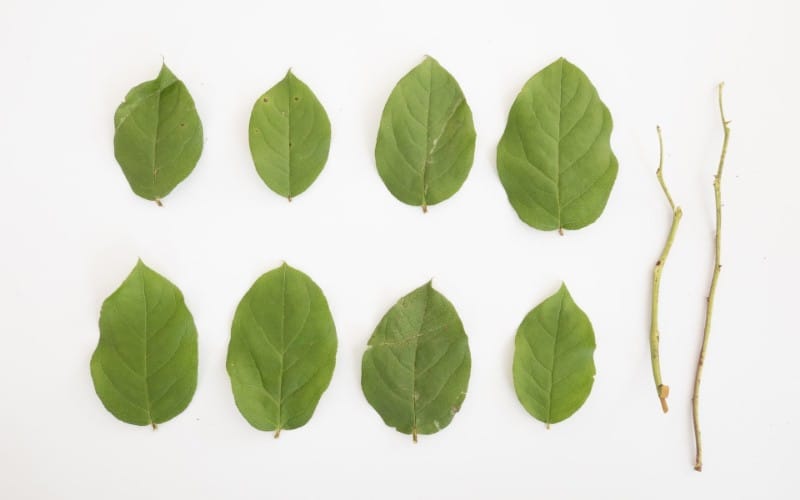
A leaf symbolizes healing for many reasons.
First, leaves are associated with growth. They are representative of life and vitality. A leaf also symbolizes new beginnings and the possibility of change. When we are sick, we often feel stuck in a negative cycle. We may feel like we will never get better.
Seeing a leaf can remind us that healing is possible and that we can move forward in our lives. Additionally, the leaves are green, which is the color of nature and renewal.
Green is also associated with relaxation and calmness. This can be helpful when we are feeling anxious or stressed about our health. Seeing a leaf can remind us to take a deep breath and to trust in the process of healing.
8. Abundance

A leaf is a symbol of abundance because it represents growth.
When a tree grows, its leaves increase in number. This symbolizes the abundance of life and the possibility of change. Leaves are also associated with fertility and nourishment. They produce food for the tree through photosynthesis, and they provide shade and shelter from the elements.
In this way, leaves are a reminder that we are supported by the natural world. Additionally, leaves are often seen as a symbol of luck. This is because they are associated with new beginnings and growth.
When we see a leaf, it reminds us that good things are happening in our lives and that we have the potential to achieve our goals.
9. Release

A leaf is a symbol of release because it represents the cycle of life.
Leaves grow on trees, and when they die, they fall to the ground. This symbolizes the natural cycle of life and death. When we see a leaf, it reminds us that things are constantly changing and that we must let go of what no longer serves us.
Additionally, leaves are often seen as a symbol of renewal. This is because they represent new beginnings and the potential for change.
Seeing a leaf can remind us to let go of our past and embrace the future.
10. Protection

A leaf is a symbol of protection because it represents the natural world.
Leaves provide shade and shelter from the elements, and they also produce food for plants through photosynthesis. In this way, leaves are a reminder that we are supported by the natural world.
Additionally, leaves are often seen as a symbol of luck. This is because they are associated with new beginnings and growth.
When we see a leaf, it reminds us that good things are happening in our lives and that we have the potential to achieve our goals.
Spiritual Meaning of Leaf
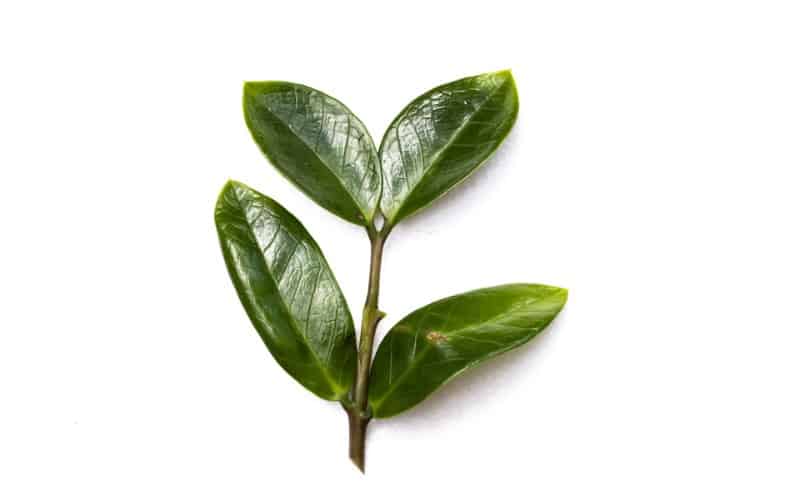
The leaf has always been a symbol of growth and fertility.
In many cultures, the leaf is seen as a symbol of new life, and it is often used in religious ceremonies. The leaf also represents the cycle of life, death, and rebirth. For example, in Buddhism, the leaves of the Bodhi tree are symbols of enlightenment.
In Hinduism, the leaves of the sacred Tulsi plant are used in puja ceremonies. And in Christianity, the leaves of the olive tree are seen as a symbol of peace. The leaf is also a powerful symbol of growth and healing. In many cultures, the leaf is used as a talisman to protect against illness and evil spirits.
It is also believed to have magical powers, and it is often used in folk remedies. The leaf has long been associated with spirituality and healing, and it continues to hold great meaning for many people today.
Leaf Dream Meaning and Symbolism
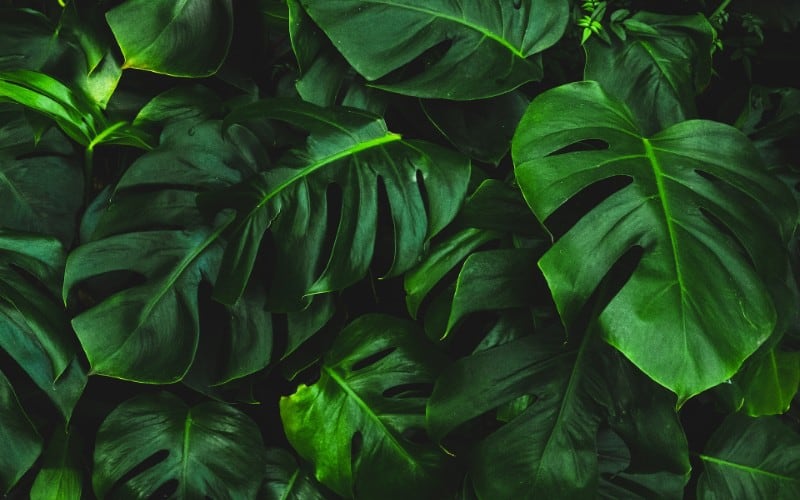
One frequent interpretation of leaves in dreams is that they represent the cycles of life. In some cultures, dreaming of green leaves signifies growth and new beginnings, while yellow or brown leaves symbolize the end of a cycle or the approach of winter.
This symbolism can be applied to all aspects of our lives, from our personal relationships to our careers. Dreaming of leaves can help us to understand the ebbs and flows of our own lives and to make peace with the changes that we experience.
Leaves can also represent our emotions in dreams. Green leaves often signify feelings of happiness, while withered or dead leaves may represent sadness or grief.
The color of the leaves, as well as their number and condition, can all offer clues about our emotional state. Paying attention to these details can help us to better understand our feelings and what they are trying to tell us.
Conclusion
Leaves are powerful symbols that can represent many different things. They can be a reminder of the cycles of life, or a symbol of new beginnings. They can also represent our emotions, and their color and condition can offer clues about our inner state.
